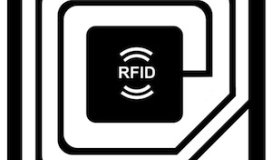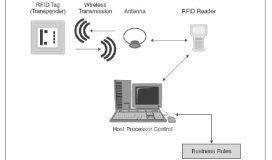The New York Times published an article on July 25 titled "Retailers' Idea: Think Smaller in Urban Push. " The story reports that retailers are moving into cities across the United States in an effort to attract younger buyers, but are abandoning formats that worked in the suburbs for smaller stores. "It is a significant shift from their approach in the past, " the writer notes, "when they tried to cram their big-box formats into cities, often prompting big fights. "
What piqued my interest in this story, which seems to have nothing to do with RFID, is that it potentially has a lot to do with RFID. Here is how radio frequency identification can help retailers trying to sell in a smaller footprint store.
1. Improved merchandising. At a big suburban store, displaying a large number of styles, or stock-keeping units (SKUs), is not a challenge—but it is at a smaller store. Many retailers avoid out-of-stocks at large stores by filling shelves with the same item. RFID enables retailers to offer greater variety, since they need not maintain safety stocks. Accurate inventory visibility lets a store see when an item is out of stock, so a retailer could have one of each of 5, 000 items on display, rather than five of each of 1, 000 products.
2. Improved replenishment. If you have less stock on the floor, it becomes more important to restock shelves regularly. Not only can RFID inform managers when an item becomes out of stock, but readers deployed between the store floor and the back room can determine whether a product was moved out of that back room. Software can alert a manager if, say, an item isn't restocked within 10 minutes.
3. Improved warehouse-to-store shipping accuracy. If a warehouse picks the wrong items or sends them to the wrong store, a large retailer might still have a lot of safety stock in a large back room, enabling it to prevent out-of-stocks. But at an urban store, there is little storage space. RFID tags can help prevent out-of-stocks, by ensuring that the retailer orders the proper items, and that the warehouse picks and ships the correct products.
4. Improved visibility into other stores' inventory. In an urban setting, a retailer might operate another location nearby. With an RFID solution in place, a store associate could obtain real-time visibility into the inventory of that other store, and could then tell a customer, "We don't have that item in stock in your size, but I see that our midtown store has seven in stock. "
Stores moving into urban environments might find that execution is more vital at smaller stores than at larger ones, since large safety stocks can mask poor execution. Within an urban setting, if you disappoint a customer, there will likely be a competing retailer just around the corner. So my advice to those retailers looking to do business in a big city is this: Take a look at RFID first.



